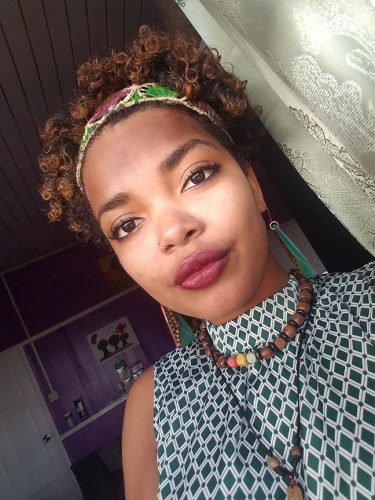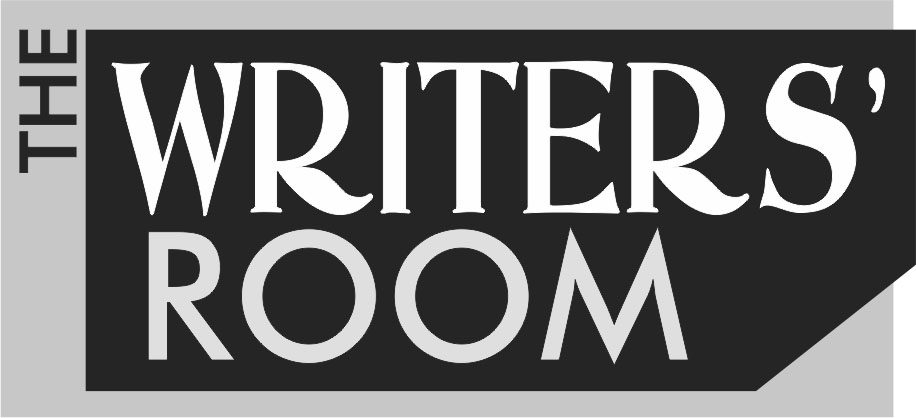“The Haunting” is a unique take on the issues of cyclic poverty and its impact on generations of people, whose suffering result in issues of mental health, explains writer Akola Thompson. The story follows a woman who, after moving out of a tenement yard and occupying her own home, loses one of her sources of income. She soon after gets her first visit by the ghost, who she later remembers also haunted her mother and her grandmother before her. She calls in a pastor, who, after recognising the ghost, recalls his own encounter with the being.
In the story, the ghost is representative of mortgages, Thompson explains, relating that she got the idea for the story from observing new developments in her community. “I live in a growing but fairly new development on the West Bank Demerara. A lot of new homes are being built and families from across the regions in Guyana are now finding common ground in the community. A casual walk around it would show, however, a number of for sale or repossession signs. I remember walking by the house of former neighbours I had never gotten to know (they were there under a year) and noticing the bank sign calling for buyers a while after I would have seen them moving out,” she explained.

“The house despite the short period of it existing was seemingly falling apart. It looked scary. That’s when a random thought of a house haunted by mortgages entered my mind and I began playing around with the idea,” she went on.
Thompson added that this led her to explore concepts like inter-generational poverty and the dependence on institutions such as credit agencies and banks, which can severely impact entire generations and lead to mental health issues and isolation.
“The Haunting” is part of her collection of short stories, Mythopoeia, which explores local superstitions and folkloric characters in an attempt to demystify the myths. “…The idea for Mythopoeia was birthed out of the desire to explore certain superstitions, myths and folkloric figures and grounding them in reality. This was after I came across a 2007 mob killing of an old woman in Bare Root who was thought to be an “Ole Higue.” I didn’t intend for it to be a collection, at that point I was still writing standalone stories but after I wrote a short piece on the Bare Root killing, I wanted to delve a bit more into the power superstition can have over our consciousness and how irrational some very ordinary things and people can make us,” she stated.
Thompson’s collection, not yet published, also explores the legends of the Baccoo, Bush Dai Dai, Churlie and Wata Mama, which she explained are “alternative telling[s] of certain superstitious elements grounded in 21st century realism and characters”. The collection also explores the themes of addiction, greed, mental health and love, she added.
A writer as well as an activist, she explained that a career in writing has always been her dream.
“I’ve always been a writer. From the time I learnt to read, I wanted to write my own stories,” she said, noting that her family and teachers always encouraged her in this regard. “…but it was always something they expected to stay just a hobby I would think. In primary school I used to have exercise books filled with random stories and ideas. I was always scribbling something because the dream was always to be a writer,” Thompson revealed.
Submissions for The Writers’ Room can be sent to writersroom @stabrokenews.com.
Read our guidelines online at: https://bit.ly/2GknVWP.






